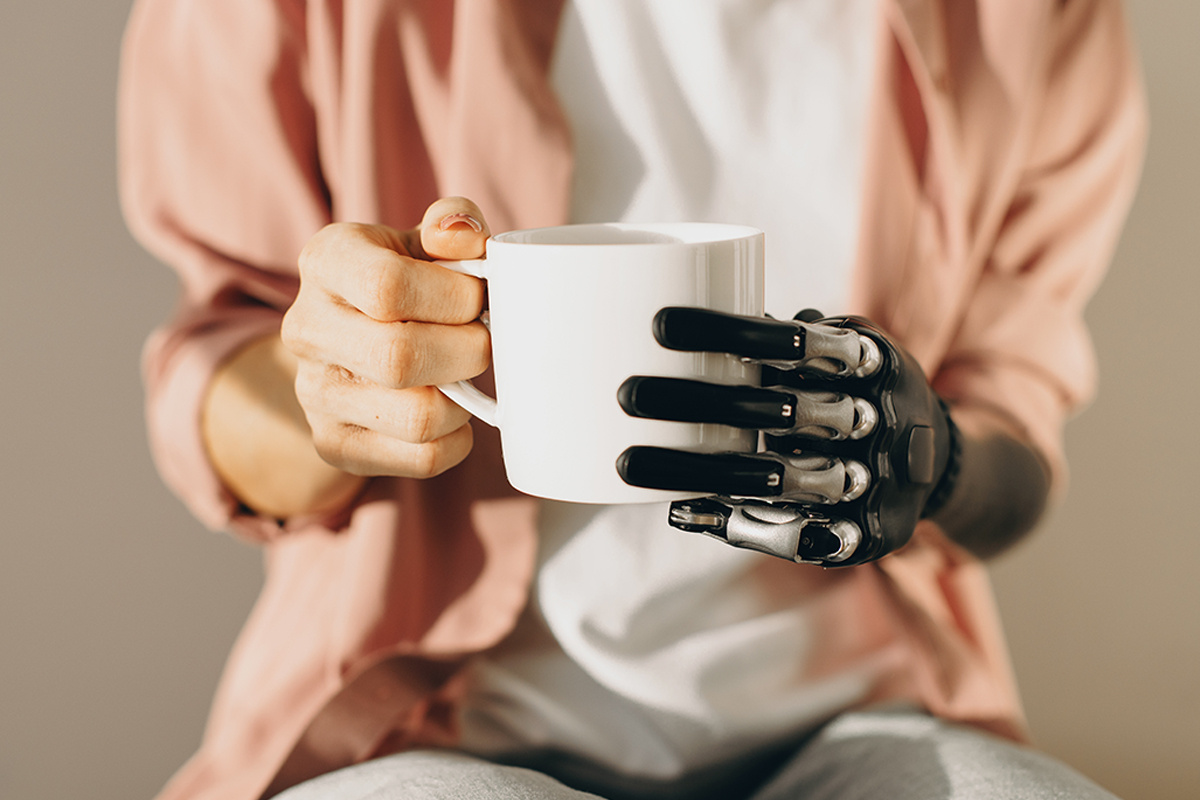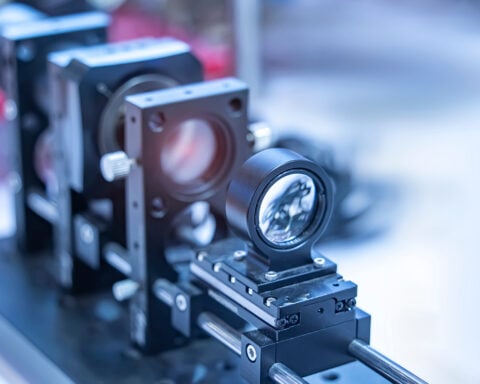In a groundbreaking leap forward, Karin, a woman who lost her right arm in a farming accident over twenty years ago, has become the beneficiary of a pioneering bionic hand that is reshaping the landscape of prosthetics. This innovative device, seamlessly integrated with her bones, nerves, and muscles, is igniting a spark of hope and a profound improvement in the lives of amputees. Karin’s journey from despair to newfound possibilities is nothing short of remarkable.
Transformation Through Integration
Before the arrival of this revolutionary bionic hand, Karin had been grappling with the tormenting agony of phantom limb pain, an affliction she described as a relentless sensation akin to having her hand trapped in a meat grinder. The ordeal forced her to endure both tremendous psychological stress and the reliance on heavy doses of pain relief medications. However, her life took a remarkable turn when she was given the opportunity to receive an integrated bionic hand, surgically customized to harmoniously merge with her own body.
The Cutting-Edge Human-Machine Interface
This transformational achievement was made possible by a global team of scientists, surgeons, and engineers who conceived a groundbreaking human-machine interface. This interface directly attaches the prosthetic limb to Karin’s skeletal structure and seamlessly connects it to her nerves and muscles through a complex network of implanted electrodes. The result is a neuromusculoskeletal implant that allows Karin to manipulate her bionic hand using her thoughts, empowering her to carry out daily tasks with precision and ease.
A Triumph of Functionality and Comfort
Karin’s experience with her integrated bionic hand has been nothing short of triumphant. She now employs the device for a remarkable 80 percent of her daily activities, and most importantly, she has seen a substantial reduction in the agony she once endured. The need for pain medication has dwindled significantly, leading to a substantial enhancement in her overall quality of life.
Potential for Widespread Implementation
Karin is among a select group of three patients enrolled in the DeTOP project, funded by the EU Commission, which seeks to further advance this high-tech prosthetic technology. The researchers leading this endeavor are optimistic that this innovation holds the potential to benefit a broader spectrum of individuals grappling with limb loss. By amalgamating osseointegration, reconstructive surgery, implanted electrodes, and artificial intelligence, they aim to restore human function in an unparalleled manner. This pioneering feat bears special significance for individuals with below-elbow amputations and represents a pivotal milestone in advanced extremity reconstructions.
A Bright Future for Prosthetic Advancements
Karin’s journey stands as a testament to the incredible potential of integrated bionic limbs in elevating the lives of amputees. With technology advancing by leaps and bounds and the tireless dedication of research teams, the future holds promise for those seeking to reclaim lost functions and alleviate the anguish traditionally associated with prosthetics. This groundbreaking achievement not only rejuvenates Karin’s life but also extends a beacon of hope to countless others who may soon benefit from this cutting-edge prosthetic technology.







